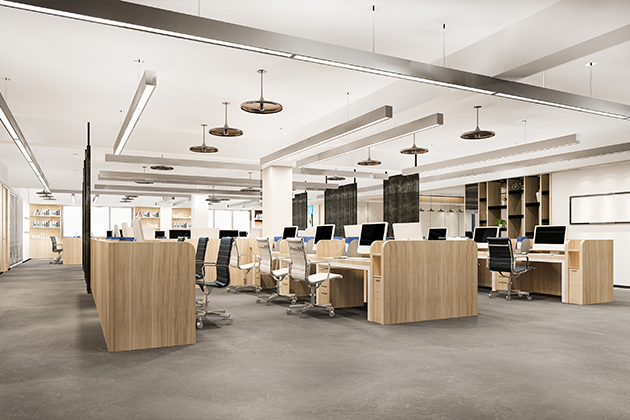The impact of office design on employee productivity is as important as the HR practices that companies always consider. Office design directly affects efficient work.
A well-designed workspace increases employee productivity, commitment and job satisfaction. When the workspace supports collaboration and communication, employees can work together to solve problems and accomplish tasks more easily. They can offer moral support to each other and feel more committed to the company and its goals.
Traditional Office Design
Traditional design inhibits interaction and collaboration. It takes more effort for employees to communicate in cubicles. Employees who are isolated in cubicles for most of the workday may have difficulty maintaining team spirit.
Open Plan Office Design
Cabins and private areas are not included in the design plan. This breaks down barriers between employees and managers and creates space for creativity through the exchange of ideas. Increased interaction positively impacts productivity and employee satisfaction.
Hybrid Office Design
Workspaces are as flexible and adaptable as possible. Collaborative and private spaces are used together. Employees have the freedom to work where they feel most comfortable. Hybrid office design increases employee productivity.
Team-Based Office Design
This design model, developed based on employees’ job descriptions, improves leadership and team skills. Interacting with like-minded people helps turn ideas into concrete plans. Productivity increases with fun competitions and incentives.
